In the quiet depths of the animal kingdom lies a surprising record-holder – not a roaring lion or trumpeting elephant, but a tiny insect with an ear-splitting call that defies its diminutive size. The African cicada species *Brevisana brevis* has earned the title of the world’s loudest insect, producing sounds that can exceed 106.7 decibels when measured at close range. To put this in perspective, that’s louder than a chainsaw, motorcycle, or even some rock concerts. This remarkable achievement challenges our understanding of sound production in the natural world and reveals the extraordinary adaptations insects have developed for communication. Join us as we explore the fascinating world of these tiny but mighty sound producers and discover how and why they generate such incredible volumes.
Meet the Record-Breaking Cicada

The African cicada *Brevisana brevis* holds the official Guinness World Record for the loudest insect call ever recorded, measured at a staggering 106.7 decibels from a distance of 50 centimeters. This measurement was captured by researcher David C. Marshall in 2019 during fieldwork in South Africa, beating the previous record of 105.9 decibels held by the North American species *Megatibicen pronotalis walkeri*. For comparison, this volume is roughly equivalent to a gas-powered lawn mower or chainsaw operating right next to your ear. The cicada achieves this incredible sound despite weighing less than an ounce and measuring only a few centimeters in length, making it a true acoustic marvel in the natural world. Its ability to produce such volume from such a small body represents one of the most efficient sound-producing mechanisms known to science.
The Remarkable Sound-Producing Mechanism
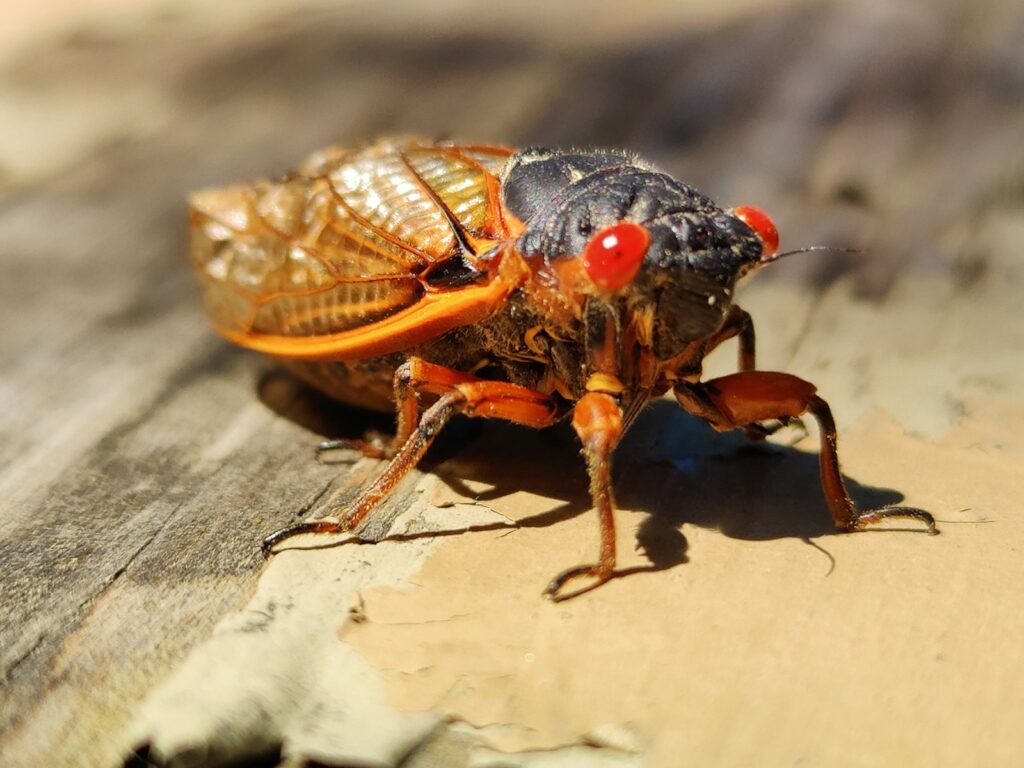
The secret behind the cicada’s deafening call lies in specialized structures called tymbals, which are ribbed membranes located on either side of the male’s abdomen. When the cicada contracts powerful muscles attached to these tymbals, they buckle inward and then snap back, creating rapid clicks that blend into a continuous drone. What makes cicadas truly exceptional is not just this mechanism but how it’s amplified – the insect’s mostly hollow abdomen acts as a resonance chamber, functioning much like the body of an acoustic guitar. Additionally, cicadas have evolved specialized air sacs that further amplify the sound, working as biological amplifiers. This intricate system represents one of the most efficient mechanical sound production mechanisms in the animal kingdom, with some species converting up to 90% of their energy input into acoustic output – far more efficient than most human-made speakers.
Decibel Comparisons: Putting It in Perspective

To truly appreciate the magnitude of a cicada’s call, consider that at 106.7 decibels, it exceeds the volume of a chainsaw (typically 100-110 dB), a motorcycle engine (95-100 dB), and even some rock concerts (around 105 dB). This volume approaches the human pain threshold, which begins at approximately 120-130 decibels. Sustained exposure to sounds above 85 decibels can cause permanent hearing damage in humans, making the cicada’s call potentially harmful if heard in close proximity for extended periods. What makes this achievement even more remarkable is the size difference – while a chainsaw weighs several kilograms and uses a gas-powered engine, the cicada produces comparable volume using only tiny muscle contractions and specialized membranes. If scaled to human size, a cicada would theoretically produce sounds exceeding 170 decibels, which is louder than a jet engine during takeoff.
Why So Loud? The Evolutionary Advantage
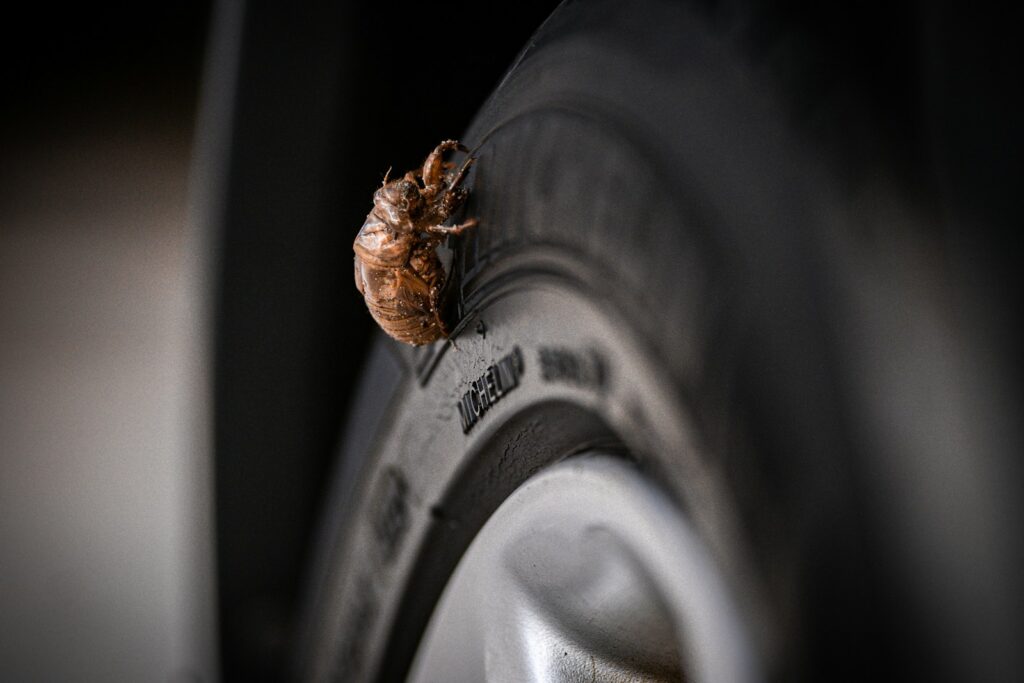
The extreme volume of cicada calls serves a critical evolutionary purpose – attracting mates across considerable distances in environments where visual signals would be ineffective. Male cicadas typically sing from elevated positions in trees, broadcasting their calls to female cicadas that may be hundreds of meters away through dense vegetation. This long-distance communication strategy is particularly important due to the cicada’s unusual lifecycle, with many species emerging synchronously after years or even decades underground. The louder males often attract more females, creating strong evolutionary pressure to develop increasingly powerful sound production. Additionally, the sheer volume may serve as a defense mechanism against predators through what scientists call “predator satiation” – when thousands of cicadas sing simultaneously, the overwhelming noise can confuse and deter potential threats. This dual-purpose adaptation demonstrates how extreme traits can evolve when they confer significant reproductive advantages.
Cicada Choruses: A Symphony of Sound
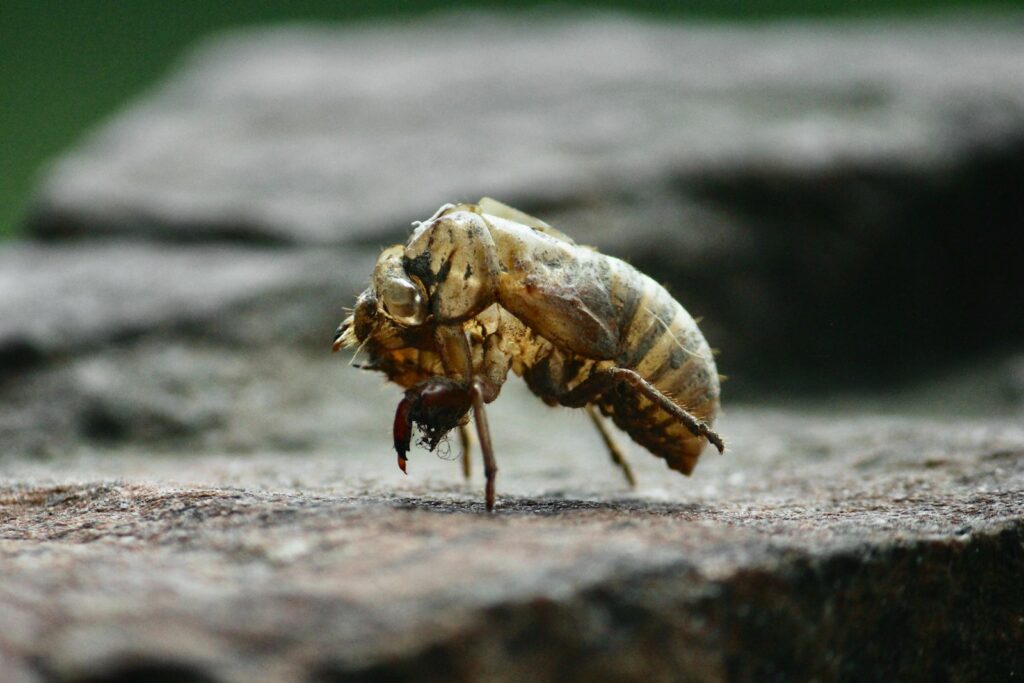
While individual cicadas are remarkably loud, their collective singing creates a truly spectacular acoustic phenomenon. When thousands or even millions of cicadas emerge simultaneously during mass emergences, their combined chorus can reach sustained levels of 90-100 decibels over large areas. During the emergence of 17-year cicadas in the eastern United States, researchers have recorded ambient noise levels comparable to those near airport runways. These synchronized choruses often follow distinct patterns, with males responding to each other’s calls and creating rhythmic waves of sound that pulse through forests. Interestingly, different cicada species produce distinctive call patterns through variations in pulse rates and frequencies, allowing females to identify males of their own species amid the cacophony. Some periodical cicada emergences are so massive and loud that they’ve been known to interfere with outdoor events, conversations, and even register on weather radar systems due to the sheer biomass of insects in the air.
Global Diversity of Loud Insects
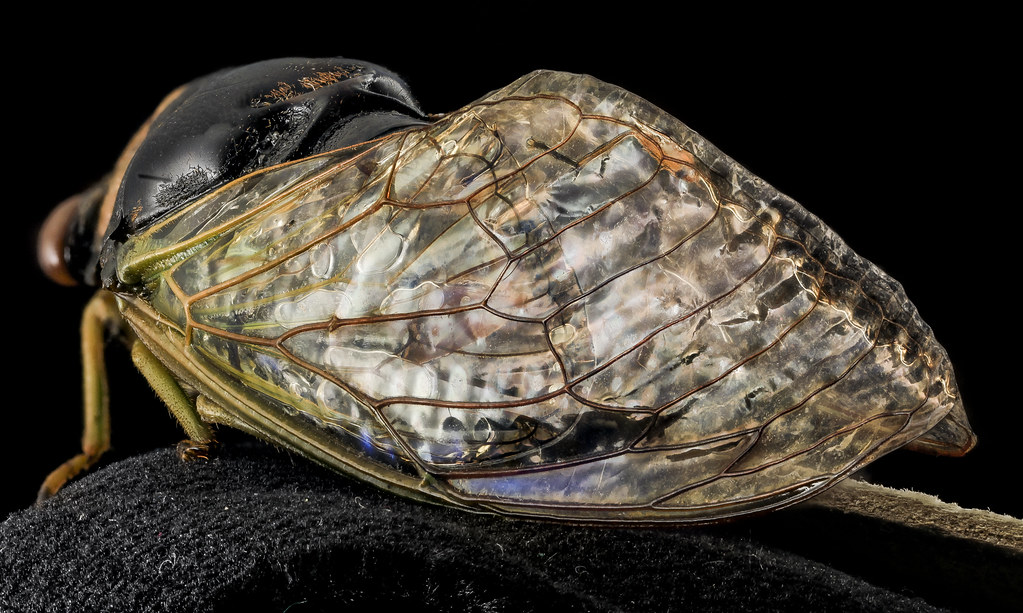
While the African *Brevisana brevis* currently holds the record, numerous insect species worldwide are renowned for their extraordinary vocal abilities. The European cicada *Cicada orni* produces calls exceeding 100 decibels, creating the iconic soundtrack of Mediterranean summers. In North America, the dog-day cicada (*Neotibicen canicularis*) generates sounds approaching 105 decibels, while Australia’s bladder cicada (*Cystosoma saundersii*) has evolved an enlarged abdomen specifically to amplify its call to impressive volumes. Beyond cicadas, other insect contenders for impressive sound production include the water boatman (*Micronecta scholtzi*), which despite being only 2mm long produces sounds reaching 99.2 decibels by rubbing its penis against its abdomen – the equivalent, when adjusted for water-to-air sound transmission, of sitting in the front row of a loud rock concert. This global distribution of loud insects suggests that intense sound production has evolved independently multiple times, highlighting its effectiveness as a communication strategy across diverse environments.
How Scientists Measure Insect Calls
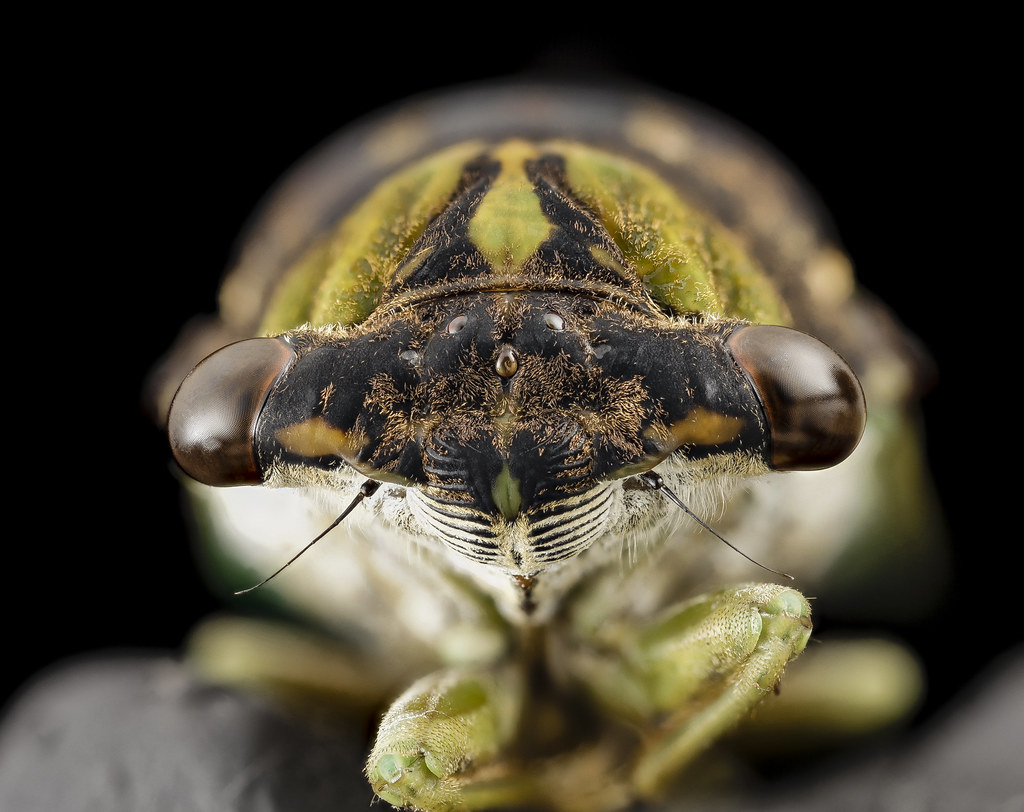
Documenting the precise volume of the world’s loudest insects requires specialized equipment and methodology. Entomologists typically use professional-grade sound level meters calibrated to measure sound pressure levels in decibels, with measurements taken at standardized distances from the insect (often 50cm or 1m). These measurements must account for background noise, environmental factors like temperature and humidity that affect sound propagation, and the directional properties of the insect’s call. For the record-breaking *Brevisana brevis* measurement, researchers used a Class 1 sound level meter with an accuracy of ±1.5dB, taking multiple measurements under controlled conditions to ensure reliability. Additionally, high-quality audio recordings are made using parabolic microphones or directional recording equipment to capture the acoustic properties of calls, including frequency range, pattern, and duration. These recordings allow for detailed analysis using specialized software that can create visual representations called spectrograms, which display the frequency components of the sound over time and help scientists distinguish between different species.
The Impact on Human Environments
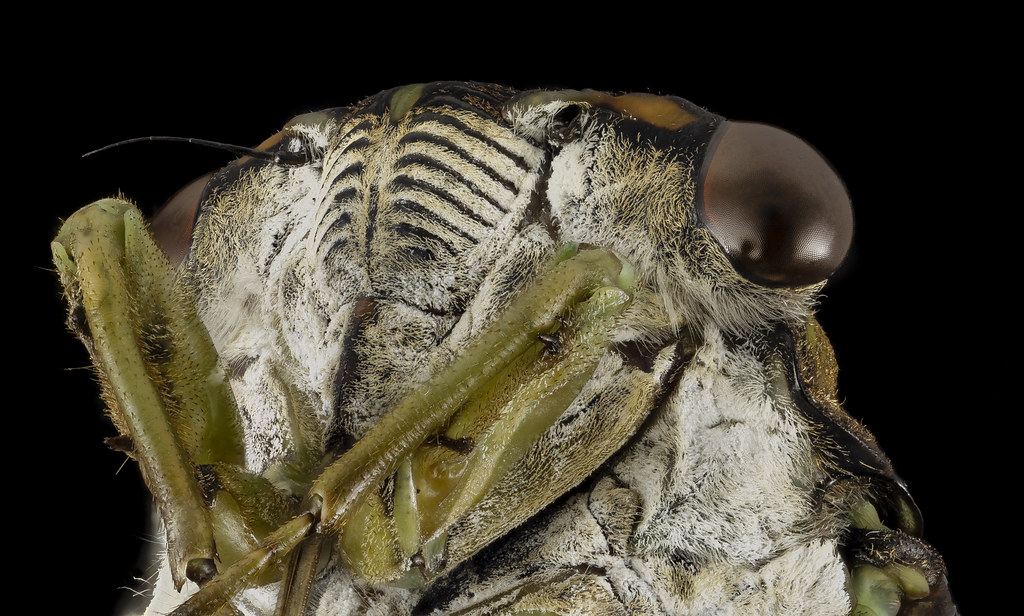
The extraordinary volume of cicada calls can have significant impacts on human activities, particularly during mass emergences of periodical cicadas. Communities experiencing cicada emergences often report disruptions to outdoor events, with weddings, graduations, and concerts sometimes being rescheduled due to the overwhelming noise. The constant drone can make normal conversation difficult in affected areas, with residents reporting the need to raise their voices to be heard even indoors with windows closed. Some individuals experience genuine health effects from extended exposure to the noise, including headaches, stress, and sleep disturbances. Local media in regions experiencing major cicada emergences often publish “cicada forecasts” alongside weather reports, helping residents plan activities around peak calling times, which typically occur during the warmest parts of the day. Despite these challenges, many communities have embraced the cultural significance of these emergences, creating cicada-themed festivals, art installations, and even culinary events featuring cicadas as ingredients.
Hearing Protection: How Cicadas Avoid Self-Deafening
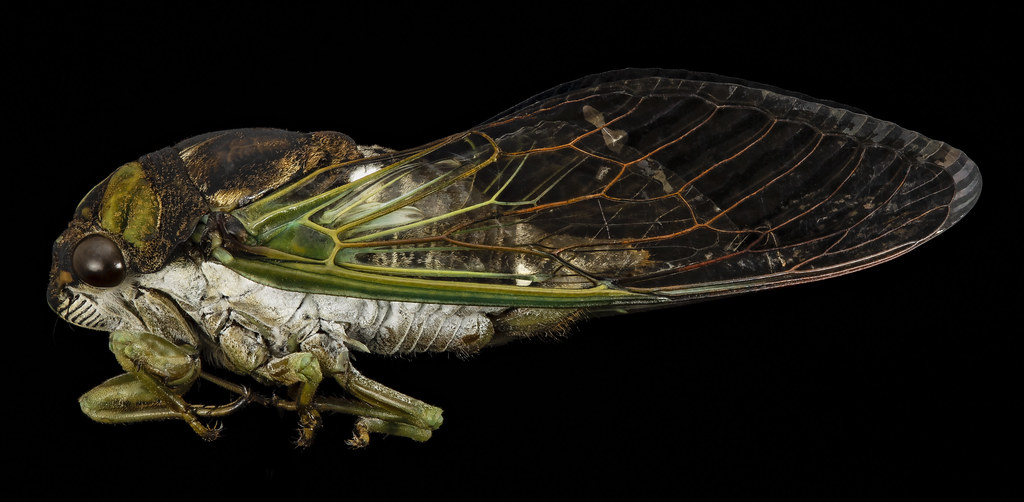
One of the most fascinating aspects of these incredibly loud insects is how they avoid damaging their own hearing with their deafening calls. Cicadas have evolved sophisticated mechanisms to protect their auditory systems during sound production. Many species physically disconnect their hearing receptors (tympana) while singing by contracting specialized muscles that essentially “mute” their ears. This disconnection works similarly to the middle ear muscle reflex in humans that helps protect our hearing from loud noises. Additionally, cicada ears are often tuned to different frequencies than their own calls, making them less sensitive to the specific pitches they produce. Some species have even developed neural inhibition mechanisms that reduce the sensitivity of their auditory neurons during sound production, essentially turning down their own volume perception. These adaptations represent remarkable evolutionary solutions to the challenge of producing extreme volumes without causing self-harm, a problem that has parallels in human-designed audio equipment where feedback prevention is a significant engineering challenge.
Acoustic Adaptations for Survival
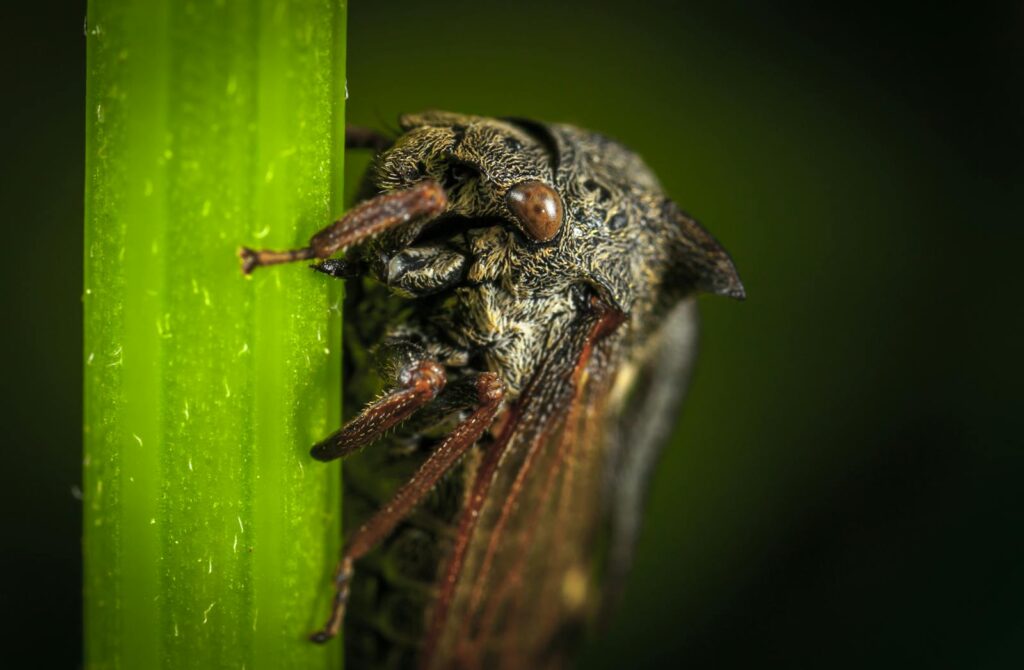
Beyond mere volume, cicadas have evolved sophisticated acoustic adaptations that enhance their survival and reproductive success. Many species can modulate their calls in response to environmental conditions – increasing volume on windy days or adjusting tone and rhythm when predators are detected nearby. Some cicadas produce complex calls with multiple components, including warning signals that serve to deter predators like birds and specialized courtship songs that attract females of the correct species. Fascinatingly, certain cicada species have evolved calls that mimic the warning sounds of dangerous insects like wasps or bees, providing them with acoustic camouflage against predators. Temperature also plays a crucial role in cicada acoustics, with warmer temperatures generally resulting in faster muscle contractions and higher-pitched calls – a relationship so reliable that in some regions, people historically used cicada call rates to estimate temperature (a phenomenon formalized as “Dolbear’s Law”). These adaptations demonstrate the remarkable sophistication of insect communication systems that have evolved over millions of years.
Research Applications and Biomimicry
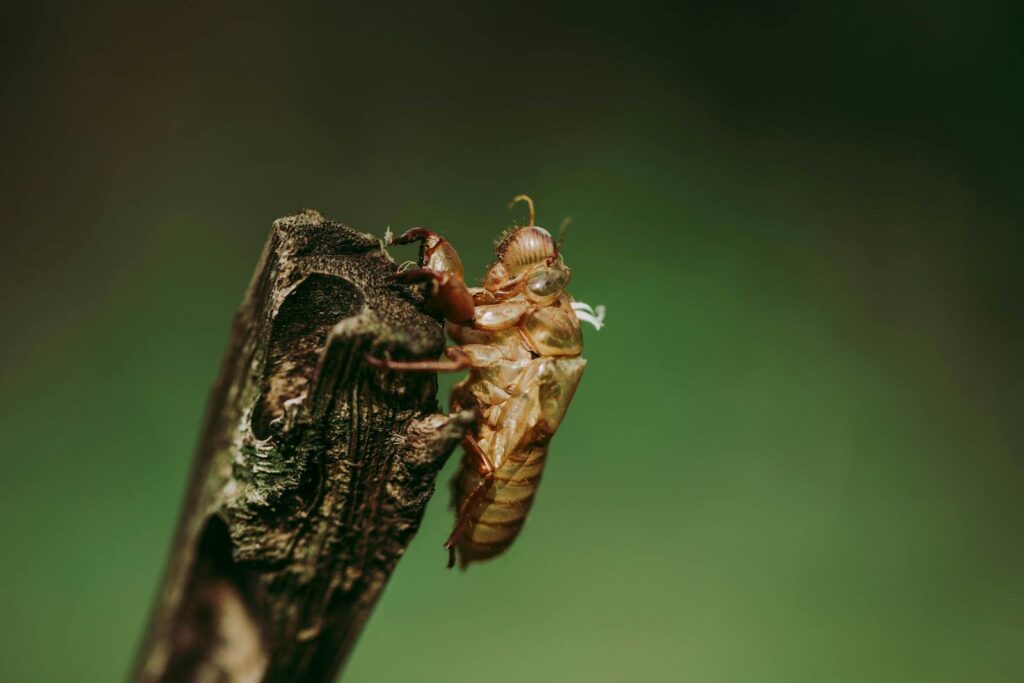
The extraordinary sound-producing abilities of cicadas have inspired various applications in human technology and research. Engineers studying cicada tymbals have developed more efficient speaker designs that mimic the buckling mechanism cicadas use, potentially leading to loudspeakers that require less energy while producing clearer sound. The resonating chambers in cicada abdomens have influenced acoustic designers creating spaces with enhanced sound projection properties, particularly useful in outdoor amphitheaters and concert venues. Medical researchers have studied cicada sound production to better understand how tiny mechanical systems can generate significant outputs, with potential applications in developing miniaturized medical devices and hearing aids. Additionally, materials scientists have examined the specialized tissues that allow cicadas to produce such intense vibrations without damage, seeking insights for developing more durable vibrating components in mechanical systems. These biomimetic approaches demonstrate how nature’s solutions to acoustic challenges can inform human innovation across multiple disciplines, from consumer electronics to architectural acoustics.
Conservation Concerns for Acoustic Insects
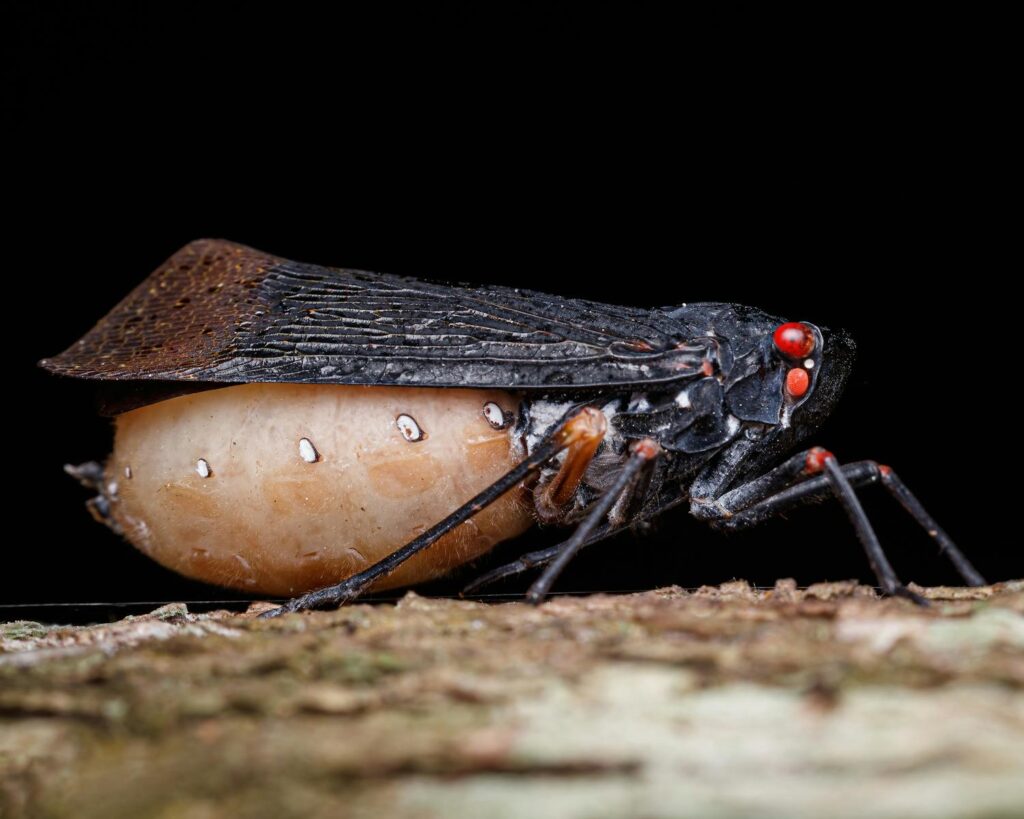
Despite their remarkable capabilities, many cicada species and other acoustically gifted insects face significant conservation challenges in the modern world. Habitat destruction poses the most immediate threat, with deforestation and urbanization eliminating the trees and vegetation these insects depend on for both calling perches and feeding. Climate change is disrupting the carefully timed lifecycles of many cicada species, potentially causing mismatches between emergence periods and optimal environmental conditions. Noise pollution from human activities may interfere with cicada communication by masking their calls or forcing them to alter their calling patterns, potentially reducing mating success. Additionally, the use of broad-spectrum insecticides in agriculture and landscaping can directly kill cicadas or contaminate their food sources. Conservation efforts for these acoustic insects include habitat protection initiatives, sustainable forestry practices that maintain mature trees, reduced pesticide use in critical habitats, and citizen science programs that help track population trends through acoustic monitoring. Protecting these remarkable sound-producers ensures that future generations will still experience the unique symphony of natural soundscapes.
Conclusion
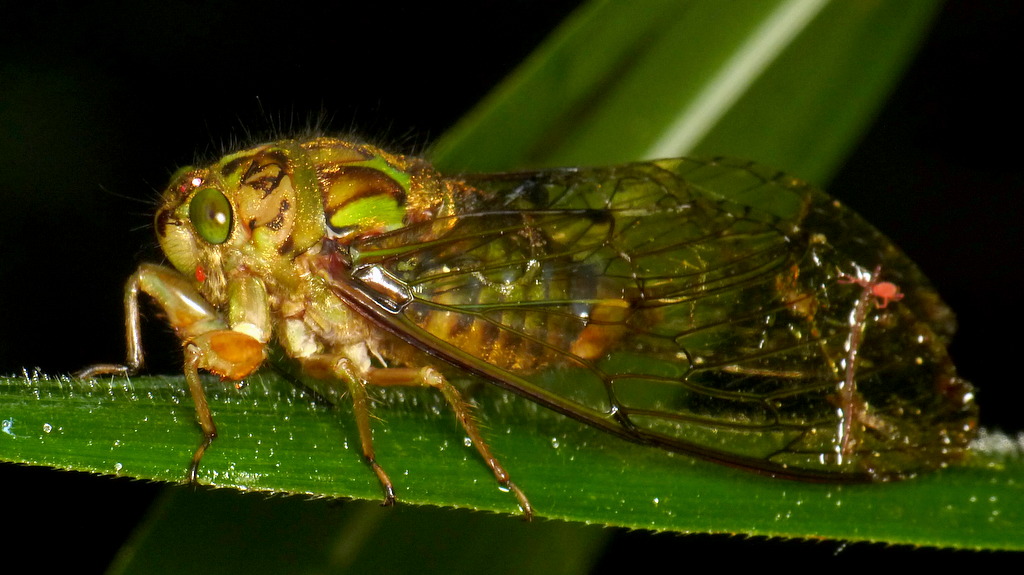
The African cicada *Brevisana brevis*, with its ability to produce sounds louder than chainsaws and power tools, stands as a remarkable example of nature’s extraordinary acoustic engineering. These tiny creatures have evolved one of the most efficient sound-producing mechanisms on Earth, converting muscle energy into acoustic power with an efficiency that puts human technology to shame. Their record-breaking calls serve critical biological functions – attracting mates, deterring predators, and establishing territories – while also creating one of nature’s most distinctive soundscapes. As we continue to study these remarkable insects, they offer valuable insights for fields ranging from biomechanical engineering to acoustic design. Despite their sometimes overwhelming presence, cicadas represent a fascinating intersection of evolutionary adaptation, physics, and animal behavior that reminds us how even the smallest creatures can make an outsized impact on their environment. The next time you hear the summer drone of cicadas, remember you’re listening to one of nature’s most impressive acoustic achievements – a tiny musician with the volume of a rock concert.

